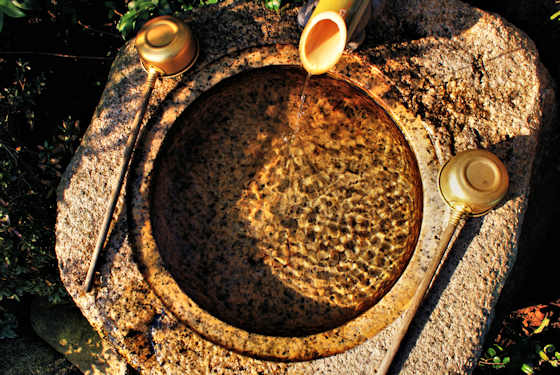Showing posts with label asakura. Show all posts
Showing posts with label asakura. Show all posts
Monday, October 3, 2022
Kotokuin Temple 7 Kyushu Pilgrimage
Sunday, July 31, 2022
Tashima Oimatsu Shrine
For new year the banners were flying and the shrine had a length of fresh cut bamboo placed along the shimenawa.
Thursday, July 28, 2022
Nanrinji Temple #6 on the Kyushu Pilgrimage
Nanrinji Temple
Monday, July 25, 2022
Miyano Shrine established for Military Success
I have always been fascinated by the Izumo connection to Sila and how that played out with the Yamato connection to Paekche.
Labels:
amenokoyane,
asakura,
fukuoka,
komainu,
kyushu108,
okuninushi,
omiki,
Shrine,
torii
Saturday, July 23, 2022
Oimatsu Shrine
Oimatsu Shrine
Also unusual was this group of statues.....
Labels:
asakura,
komainu,
kyushu108,
Shrine,
sugawara michizane
Tuesday, July 19, 2022
Mizu Shrine & Yamada Weir
The weir is registered as a World Heritage Irrigation Sructure and is said to be the model used by Dr. Tetsu Nakamura who constructed a major irrigation project in the desert of Afghanistan. Since his assassination in 2019 a monument to him has been erected at Yamada Weir
Sunday, July 17, 2022
Eso Hachimangu & the formation of Japan
A replica of a "water clock" said to have been invented by Tenji.
Thursday, July 14, 2022
Hishino Triple Water Wheels
Japan Guide
Subscribe to:
Posts (Atom)































































